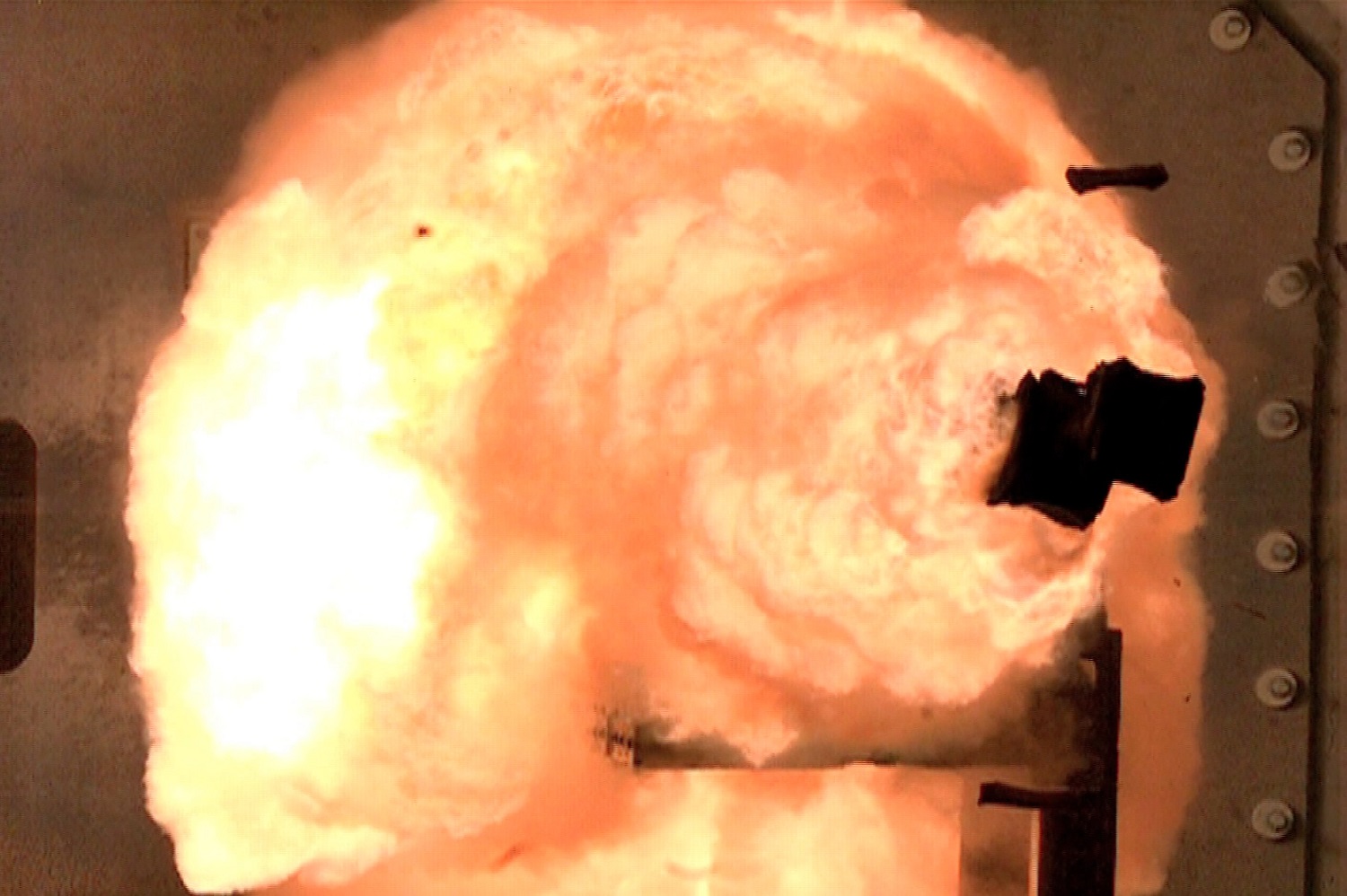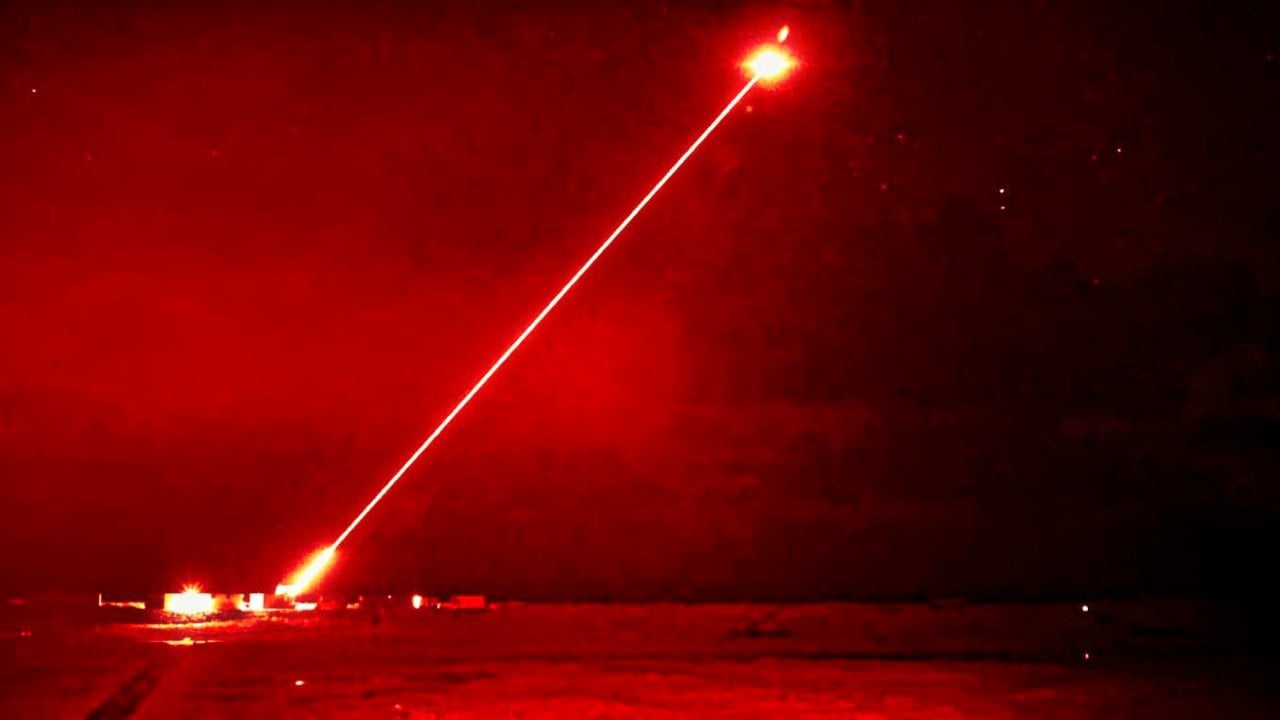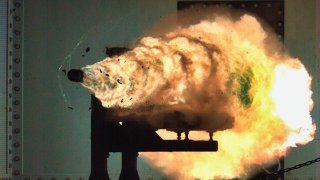Japan and South Korea are Going All in on Railguns and Laser Weapons
The Japan Maritime Self-Defense Force (JMSDF) and South Korea are making significant advancements in electromagnetic and laser weapon technologies.
Summary and Key Points: The Japan Maritime Self-Defense Force (JMSDF) and South Korea are making significant advancements in electromagnetic and laser weapon technologies.

-Japan's new 13DDX destroyers may soon be equipped with electromagnetic railguns and high-powered lasers.
-Concurrently, South Korea's Hanwha Aerospace has begun production of the Laser Air Defense Weapon, Block-I, designed to neutralize North Korean drones.
-This system, part of Seoul's "Star Wars" initiative, offers a low-cost defense solution with each laser shot costing around $1.50.
-The platform, which can be mounted on trucks or warships, has a range of 1.8 miles and is expected to be deployed by year-end.
Japan and South Korea Push Boundaries with New Electromagnetic and Laser Weapons
The Japan Maritime Self-Defense Force (JMSDF) announced that its new class of 13DDX destroyers could be armed with electromagnetic railguns and high-powered lasers.
Just days after that announcement, South Korea’s Defense Acquisition Program Administration (DAPA) said Hanwha Aerospace had begun production of a new anti-aircraft laser weapon.
According to a report from the Korean Times, the Laser Air Defense Weapon, Block-I was developed to shoot down North Korean drones. Deployment of the high-powered laser could begin by the end of the year. DAPA signed a contract with Hanwha last month, but the effort to develop the laser weapon has been years in the making.
Hanwha publicly unveiled the air-defense laser platform at the DX Korea 2020 Defense Show. The company said the weapon could detect and track small unmanned aerial vehicles and neutralize them at close range with a twenty kW laser. The platform was slated to complete testing by 2023 and has run a little behind schedule.
The South Korean "Star Wars"
The Block-I laser weapon was developed as part of Seoul's "Star Wars" effort to integrate laser technology into current battlefield platforms. Lasers are seen as a low-cost solution to a low-cost threat. Small military drones can have a price tag in the thousands of dollars, but the air-defense missiles and rockets to shoot them down can cost tens of thousands to hundreds of thousands of dollars.
A laser weapon can swing the pendulum back in favor of the air-defense system, with each shot costing only around $1.50 (~2,000 won).
"Low-cost drones and rockets have swung the economic calculus of offense and defense in favor of those using large volumes of cheap unmanned systems and munitions to overwhelm more-sophisticated air and missile defenses," James Black of RAND Europe wrote in a blog post in January, per CNN.
Small But Powerful
According to DAPA, each Block-I laser platform measures just under 30 x 10 x 10 feet (9 x 3 x 3 meters) and can be mounted on a truck chassis for land mobility. It could also be mounted on warships. It can fire a laser ray that is nearly impossible to detect before impact. The laser beam has a range of around 1.8 miles (3 km).
"It is invisible and noiseless, does not require separate ammunition and can be operated only when electricity is supplied," the South Korean defense agency stated, while further noting that more powerful versions could be developed to take out larger targets, including aircraft and ballistic missiles. Development is already underway on a Block-II weapon that will offer improved output and range.
Earlier this year, the UK's Royal Navy announced it had developed a line-of-sight laser-directed energy weapon that could strike a £1 coin from a distance of up to a kilometer.

Author Experience and Expertise: Peter Suciu
Peter Suciu is a Michigan-based writer. He has contributed to more than four dozen magazines, newspapers, and websites with over 3,200 published pieces over a twenty-year career in journalism. He regularly writes about military hardware, firearms history, cybersecurity, politics, and international affairs. Peter is also a Contributing Writer for Forbes and Clearance Jobs. You can follow him on Twitter: @PeterSuciu. You can email the author: [email protected].
Image Credit: Creative Commons and/or Shutterstock.


